Category: Javascript
-
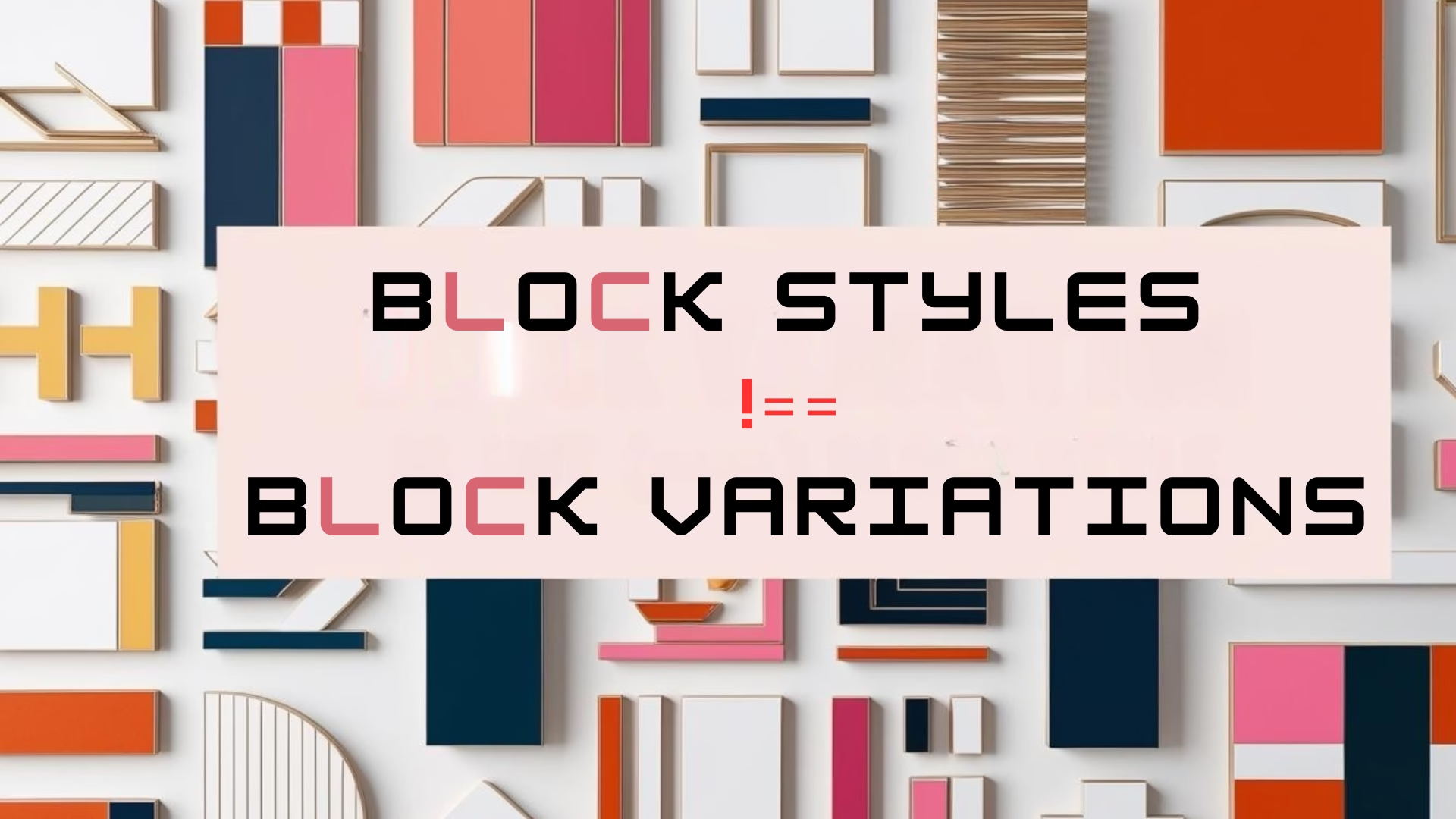
Block Variation is Not (!==) Block Style
The Crucial Difference Most Developers Miss In the WordPress block ecosystem, confusion between block styles and block variations can lead to suboptimal implementations. Let’s clarify these concepts once and for…
-
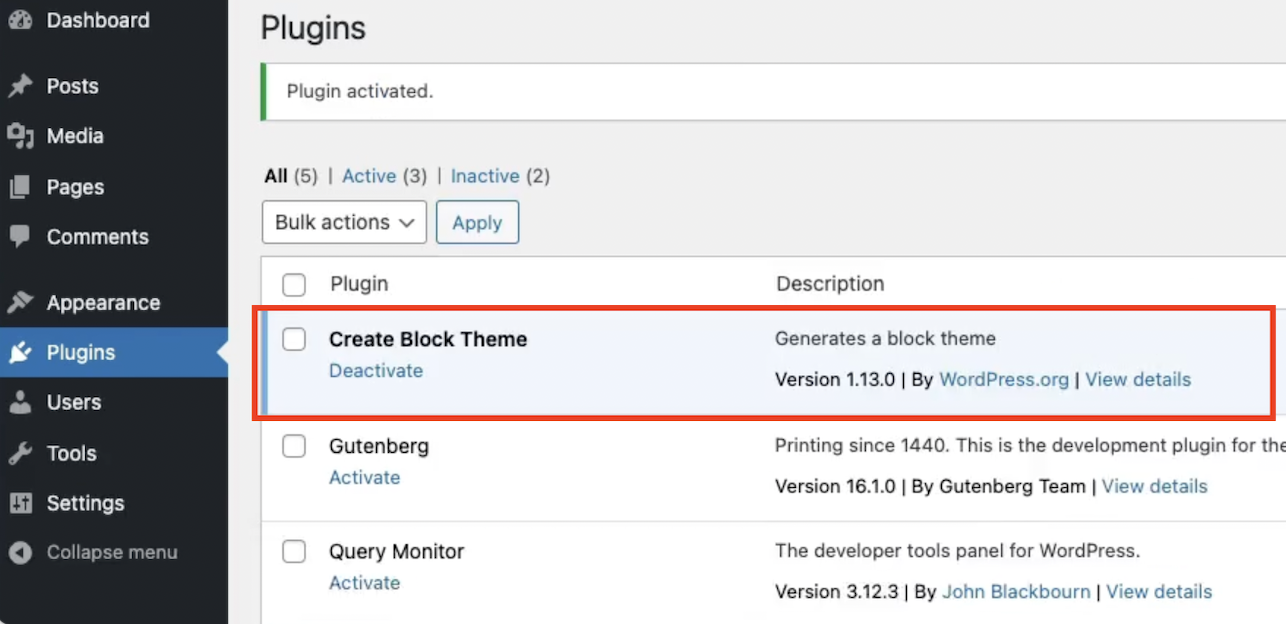
Accelerate block theme development within Site Editor using create-block-theme 🚀
Did you know, the Site Editor automatically saves all the changes you make to templates or styles in the database? This feature comes in handy during the building process, allowing…
-
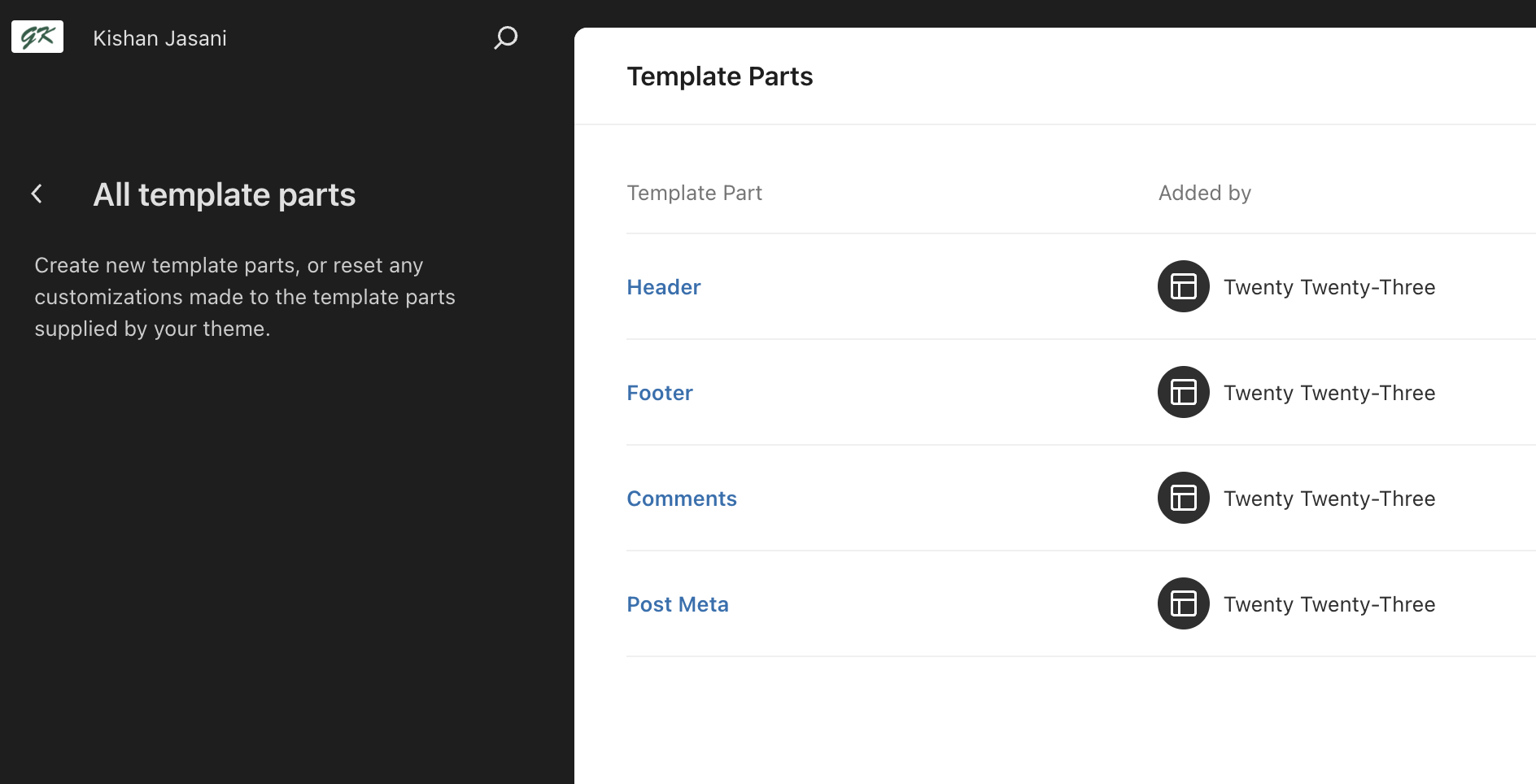
How to use block template parts in the classic theme?
Note: This feature is added in WordPress 6.1. Now, it is possible to create block-based template parts in classic themes and allows the same flexibility same as block-based theme. Add…
-

How to remove WordPress default block patterns?
WordPress provides developers with the ability to manage block patterns efficiently. Here’s how you can remove default block patterns or unregister specific ones. Removing All Default Block Patterns To remove…
-
Get post type in block editor
If you want to get post type in a block editor script, you can use the following code to get the post type:
-
What are the useDispatch and useSelect?
The useDispatch and useSelect are Custom React Hooks that enable a more declarative interface to registered stores in the registery These hooks are available in the @wordpress/data package. useSelect and useDispatch are, custom hooks…
-
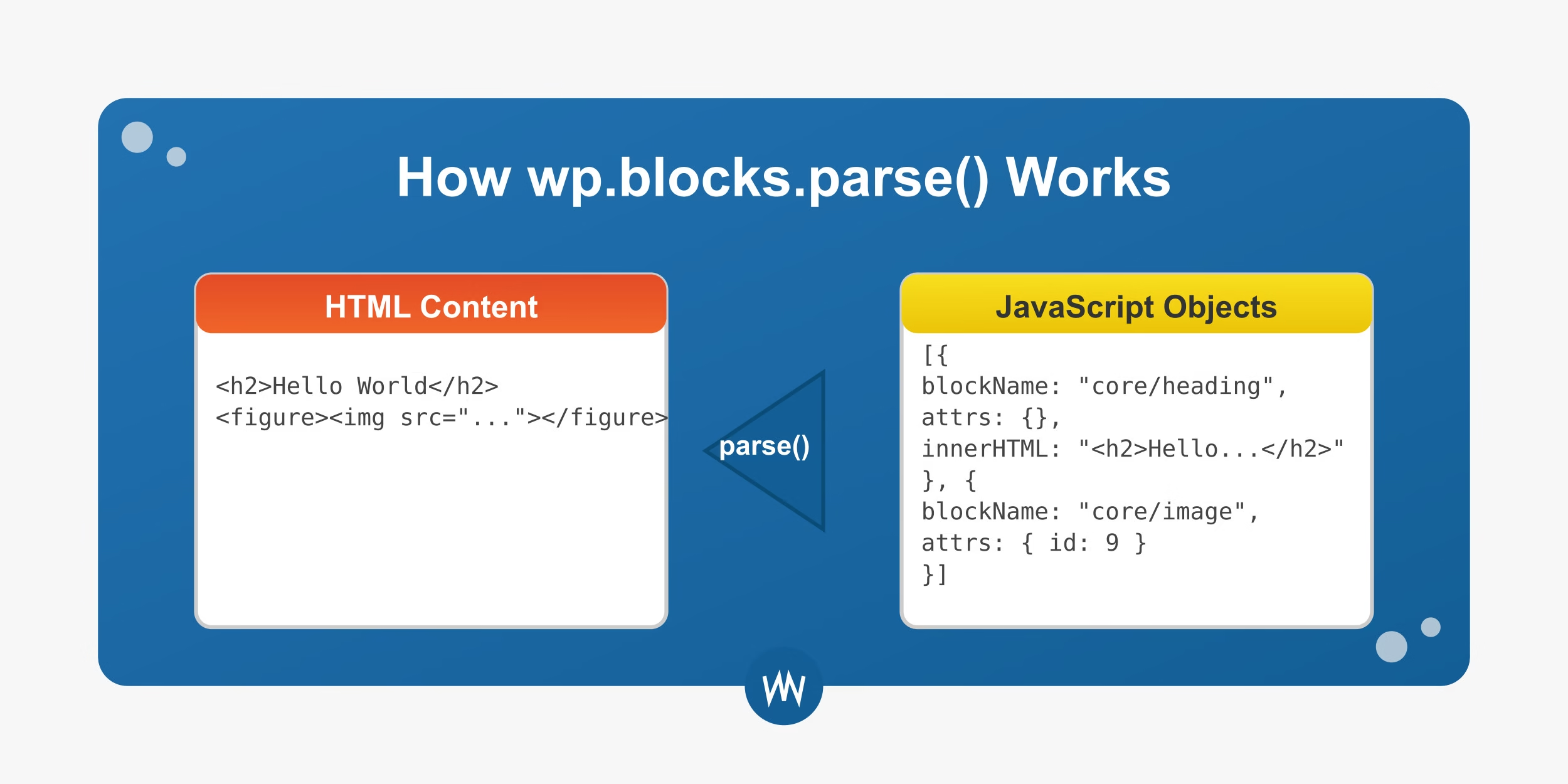
Understanding WordPress Block Parsing: How wp.blocks.parse() Works
WordPress Gutenberg’s block editing system represents a fundamental shift in how content is created and stored in WordPress. At the heart of this system is the block parser, which translates…
-
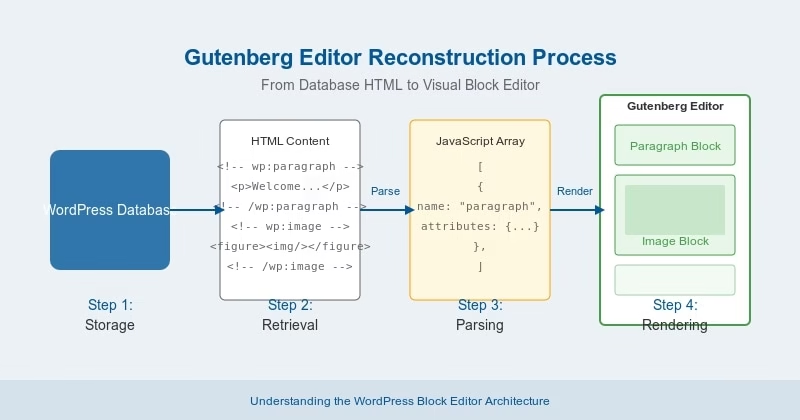
How the Gutenberg Editor Reconstructs Posts from Plain HTML
If you’ve used the WordPress Gutenberg editor, you know how intuitive and flexible it feels. It lets you move, edit, and design content with blocks—like paragraphs, images, headings, buttons, and…